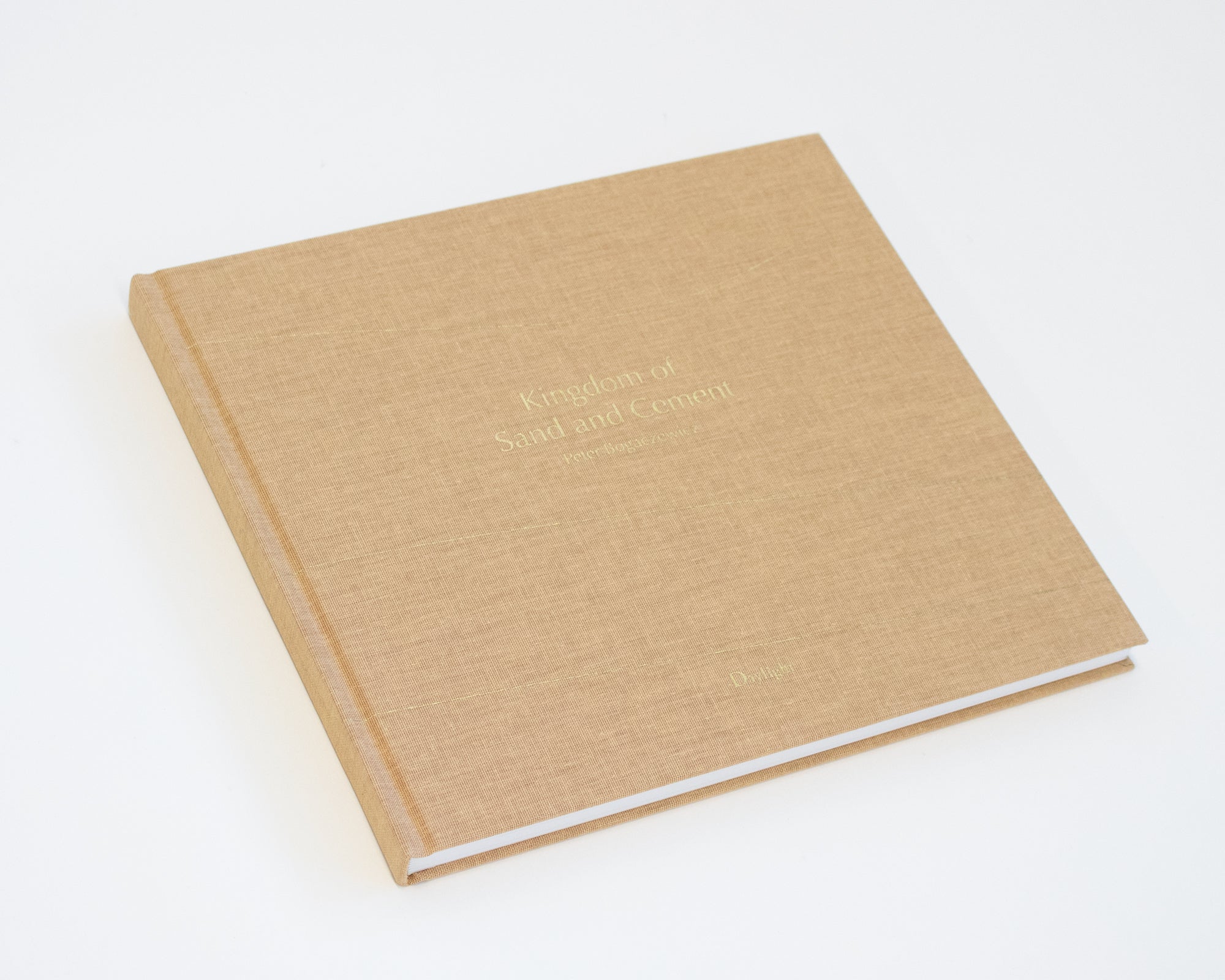Photographs take us to places unlike any other medium. Gazing into the images of Peter Bogaczewicz we are transported to a relatively isolated part of our planet, a place where by virtue of the gifts of the Earth people live an extraordinary and fortunate life. In seeing the world the Saudis have constructed for themselves and the marks they have left behind we are able to form a deeper understanding of their values.

Since the invention of the medium, photographers have lugged bulky cameras to remote corners of the earth in order to return with telling moments of their sojourn. In fact, we often define the past through these frozen fragments of time and arguably, perceive more information through photographs than words or drawings could ever provide


There are many such predecessors: Francis Frith, Carlton Watkins, Samuel Bourne and Walker Evans to name just a few, who have charted their journeys through the medium of the photographic image and made our understanding of the world richer for their efforts. Peter has given us a privileged front-row seat to a chapter in the life of contemporary Saudi Arabia.
Not that long ago the inhabitants of Saudi Arabia were a nomadic desert people. The discovery of oil and the creation of Saudi Aramco where the oil tycoon J. Paul Getty served as an accelerant, propelling this nation towards a wealth and prosperity unrivalled in the world. Over the past 40 years the Ghawar oil field alone has contributed five million barrels per day to feed thirsty tanks of trucks, planes, trains and automobiles with the lowest cost fuel on the planet.


Easy money in Saudi Arabia has created a vast socio-economic dependency controlled by few powerful hands. The world that is being shown to us through these images is created at the direction, discretion and whim of those powerful hands.
Bogaczewicz has pried open a crack, allowing us to peer into this ultra wealthy hermit kingdom, and through bearing witness with his camera we are offered a glimpse into what this previously nomadic culture is up to.


With his background as an architect he finds a path that leads him through the fragile, historic abandoned sites that are yielding to time and the elements. We find ourselves looking at the hyper-speed modernization of an ancient culture—massive infrastructure projects, glimmering glass and steel towers on the horizon, luxury shopping centers and brand new suburbs provided to a growing middle class.
Through Peter’s lens we are given access to the evolution of an ancient culture, and it’s transformation into a contemporary landscape both in its architecture and its revision of cultural mores. However, the new Arabian edifices are poorly suited to the intense heat of the land, and exist in stark juxtaposition to the country’s fragile historic sites and a disappearing way of life.


Instead they co-exist with discarded plastics, tires, and refuse accumulating in the creases of both city and countryside. In his eloquent images, Peter Bogaczewicz continually returns to the built environment, and a reborn country that still appears on it’s surface like a backdrop to a uniquely privileged life, but is not exempt from the familiar and inevitable modern dichotomy of growth versus waste.



